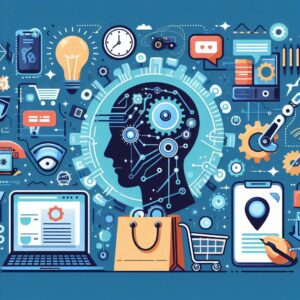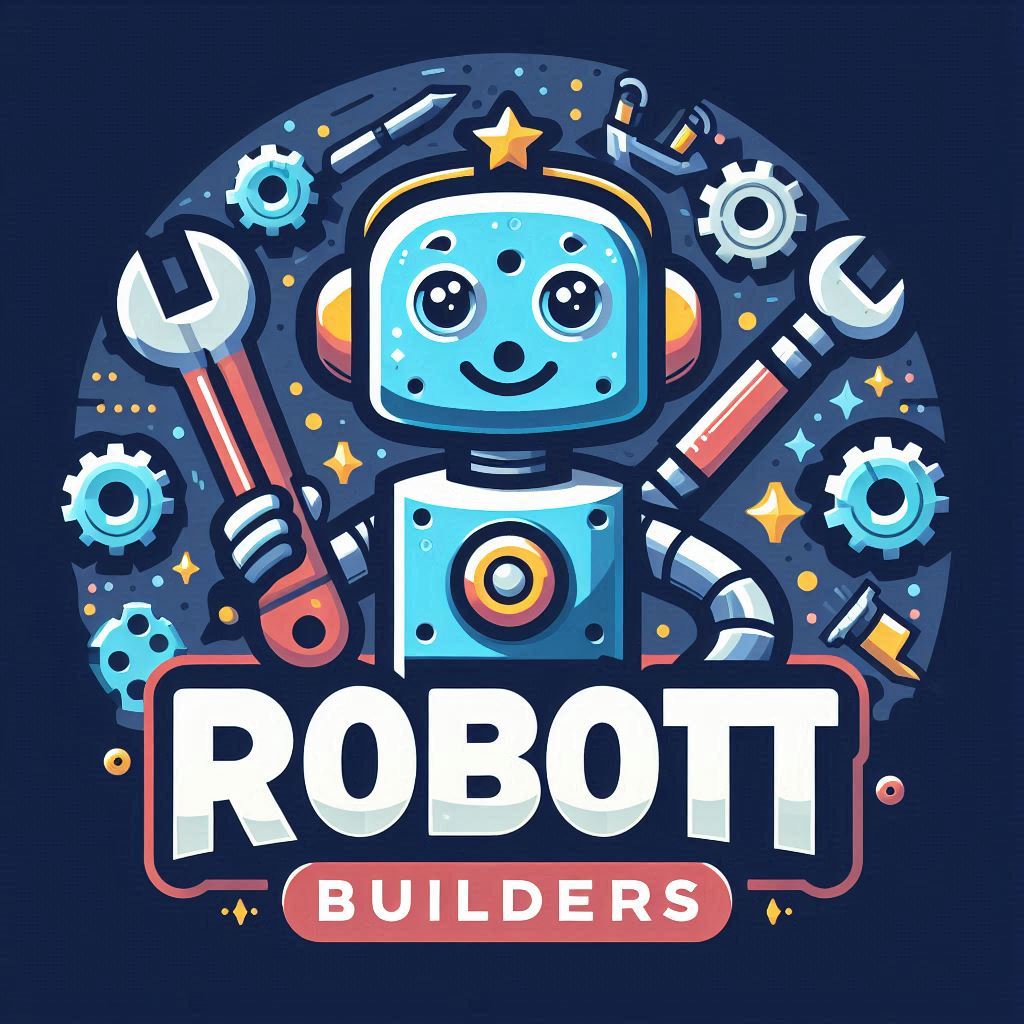Introduction
AI is revolutionizing e-commerce, helping businesses automate operations, optimize customer experiences, and drive more conversions. From personalized recommendations to predictive analytics, AI-powered solutions enhance shopping experiences and streamline business efficiency. This guide explores the essential steps to developing AI solutions for e-commerce, ensuring SEO best practices and Google-friendly optimization.

Step 1: Identifying Key AI Use Cases in E-Commerce
Before developing an AI solution, determine where AI can bring the most value in e-commerce. Common applications include:
- Personalized Recommendations – AI analyzes customer data to suggest relevant products.
- Chatbots & Virtual Assistants – Automate customer service with AI-driven chat support.
- Dynamic Pricing – AI adjusts prices based on demand, competitor data, and buying behavior.
- Inventory & Demand Forecasting – Predict product trends and optimize stock levels.
- Fraud Detection & Security – AI helps detect fraudulent transactions to prevent financial loss.
- AI-Powered Visual Search – Customers can upload images to find similar products instantly.
Tip: A well-defined use case ensures maximum efficiency when implementing AI-powered solutions.
Step 2: Choosing the Right AI Technology Stack
Developing AI solutions requires selecting the right frameworks, platforms, and APIs.
Programming Languages
- Python – Best for AI and machine learning applications.
- JavaScript – Useful for integrating AI into web-based e-commerce platforms.
- R – Ideal for data-heavy AI projects.
Machine Learning Frameworks
- TensorFlow / PyTorch – Excellent for deep learning and predictive analytics.
- Scikit-learn – Preferred for simple machine learning models.
- Apache Mahout – Scalable AI for big data-based e-commerce insights.
AI APIs & Tools
- Google Vision AI – Enables image-based product search.
- IBM Watson AI – Powerful for AI-driven customer support.
- Amazon Personalize – Helps deliver real-time personalized recommendations.
- OpenAI GPT – Ideal for chatbot automation and AI-generated content.
Choosing the right tech stack ensures seamless integration and scalable AI performance.
Step 3: Collecting & Preprocessing Data
AI solutions depend on high-quality data to deliver accurate insights.
Steps for Data Preparation
- Customer Behavior Data – Analyze past purchase history, search queries, and user preferences.
- Product Catalog Data – Optimize product descriptions, images, and metadata for AI-driven discovery.
- Transactional & Pricing Data – Train AI to predict sales trends and adjust prices dynamically.
- Social & Sentiment Analysis – Use AI to monitor brand sentiment and customer engagement.
Structured, clean data enhances AI accuracy and efficiency.
Step 4: Training AI Models for E-Commerce
Once data is prepared, train AI models to deliver intelligent insights.
AI Training Process
- Data Segmentation – Divide datasets into training, validation, and testing sets.
- Algorithm Selection – Choose models like Neural Networks, Decision Trees, or Reinforcement Learning.
- Hyperparameter Tuning – Adjust AI settings to optimize accuracy and efficiency.
- Real-Time Learning – Implement AI models that continuously improve based on new user interactions.
Proper AI training ensures smarter decision-making for e-commerce businesses.
Step 5: Deploying AI Solutions on E-Commerce Platforms
Once trained, AI models must be integrated into e-commerce systems for real-world application.
Integration Strategies
- Website Optimization – Embed AI-driven search and recommendations within product pages.
- Chatbot Deployment – Implement AI-powered chat assistants for automated customer service.
- Automated Pricing & Inventory Management – Use AI to adjust prices and optimize stock levels in real-time.
- Personalized Email Marketing – AI generates targeted promotions based on customer preferences.
A seamless deployment plan improves user engagement and operational efficiency.
Step 6: SEO Optimization for AI-Driven E-Commerce
AI solutions should be optimized for SEO visibility to attract organic traffic.
SEO Best Practices
- Keyword-Rich Content – Optimize product descriptions using terms like “AI-powered recommendations” and “smart e-commerce automation.”
- Structured Data & Schema Markup – Improve search rankings with Google-friendly rich snippets.
- Page Speed Optimization – AI tools must run efficiently on mobile and desktop platforms.
- AI-Powered Customer Insights – Monitor user behavior to refine search ranking strategies.
- Voice Search Optimization – Ensure AI-driven searches work seamlessly with voice queries.
SEO strategies drive organic traffic, conversions, and brand recognition.
Step 7: Monitoring AI Performance & Continuous Improvements
AI models must evolve over time to remain effective.
Performance Tracking
- User Engagement Metrics – Track AI-driven recommendations and chatbot interactions.
- Conversion Rate Optimization (CRO) – Analyze AI impact on sales conversions.
- Customer Feedback Loop – Adjust AI behavior based on real-world user feedback.
- Security & Fraud Detection Updates – Regularly refine AI-powered fraud monitoring systems.
Continuous monitoring improves AI efficiency and enhances customer experiences.
Final Thoughts
Crafting AI-powered solutions for e-commerce allows businesses to enhance customer engagement, automate workflows, and improve decision-making. By selecting the right AI technologies, training powerful models, and optimizing for SEO, companies can scale operations while delivering personalized shopping experiences.
